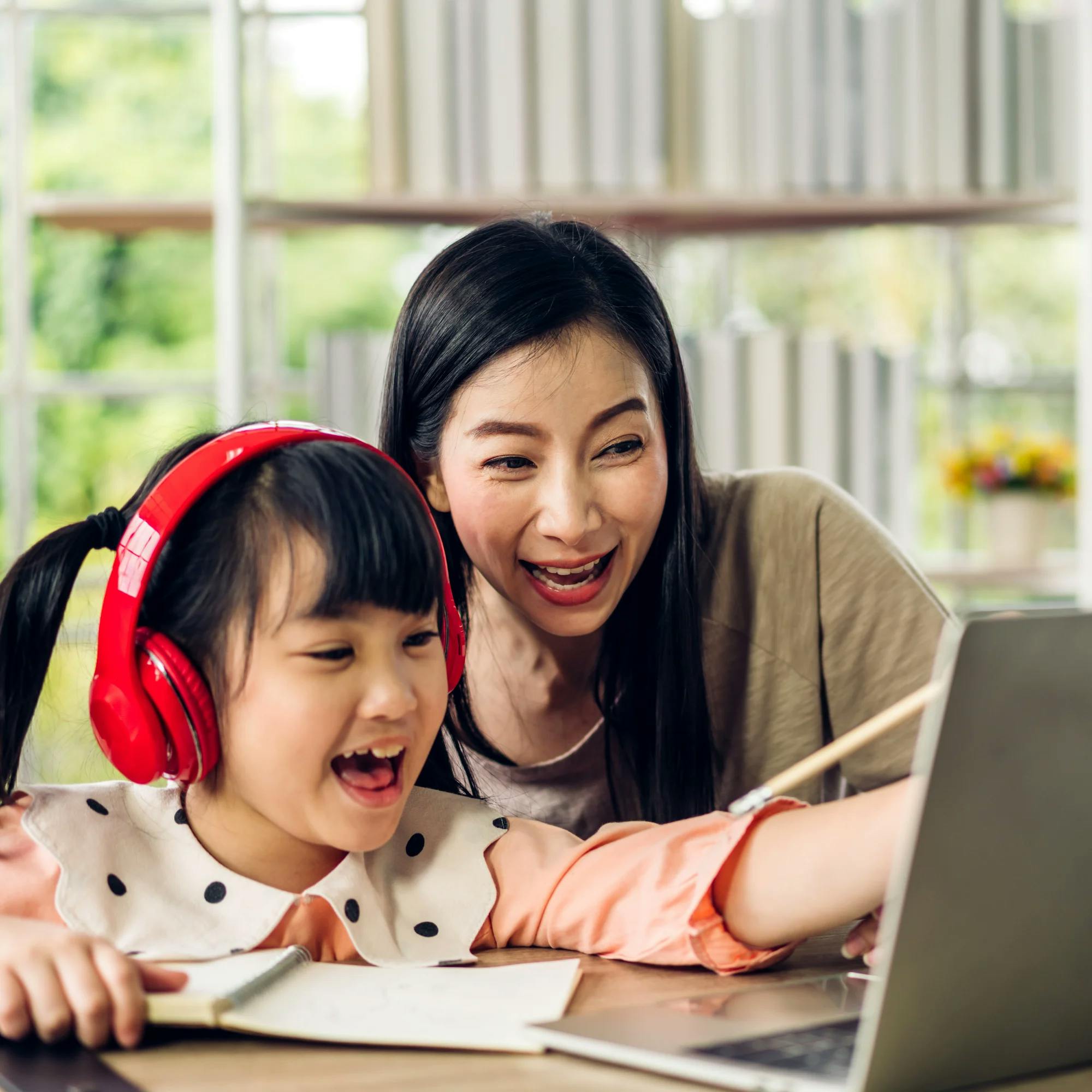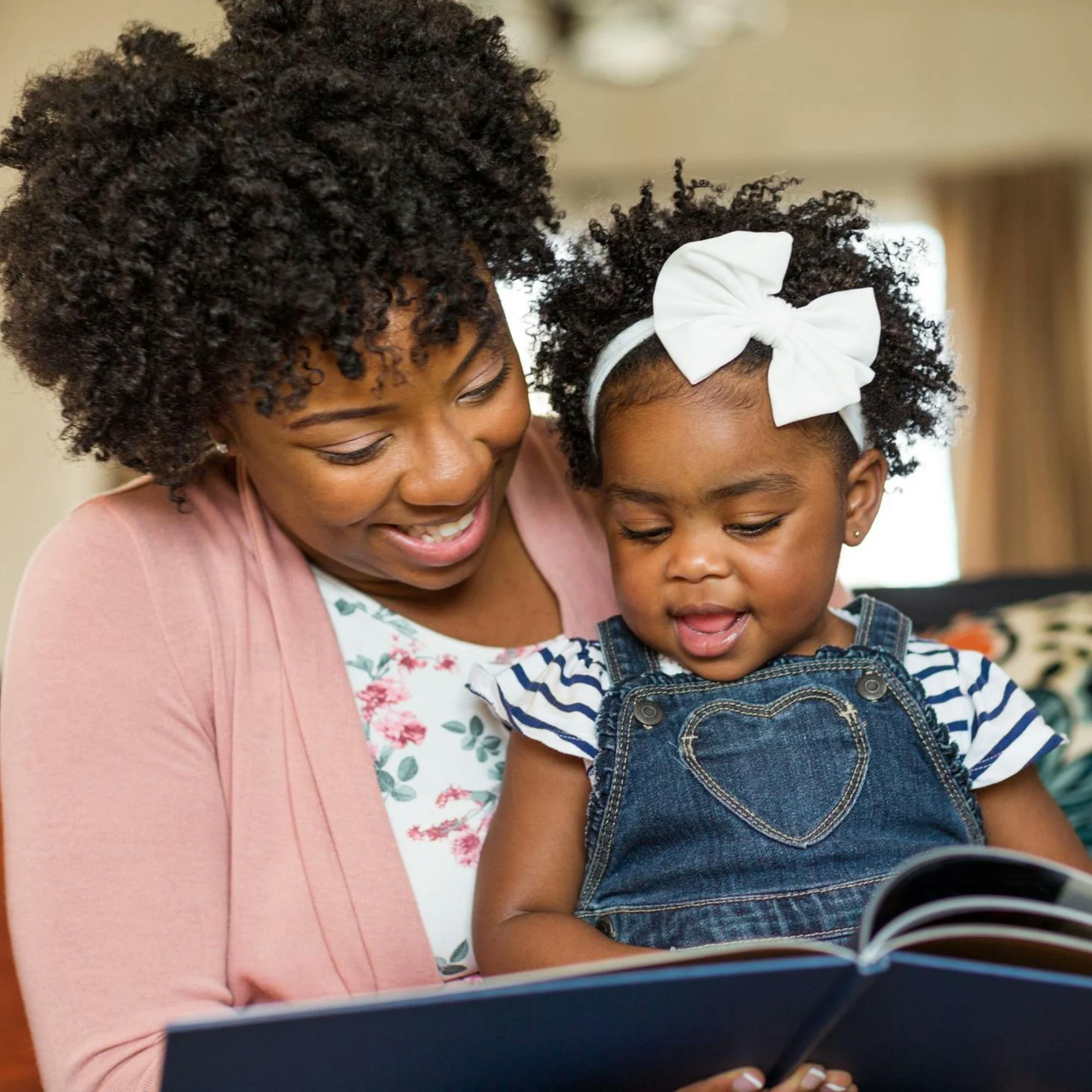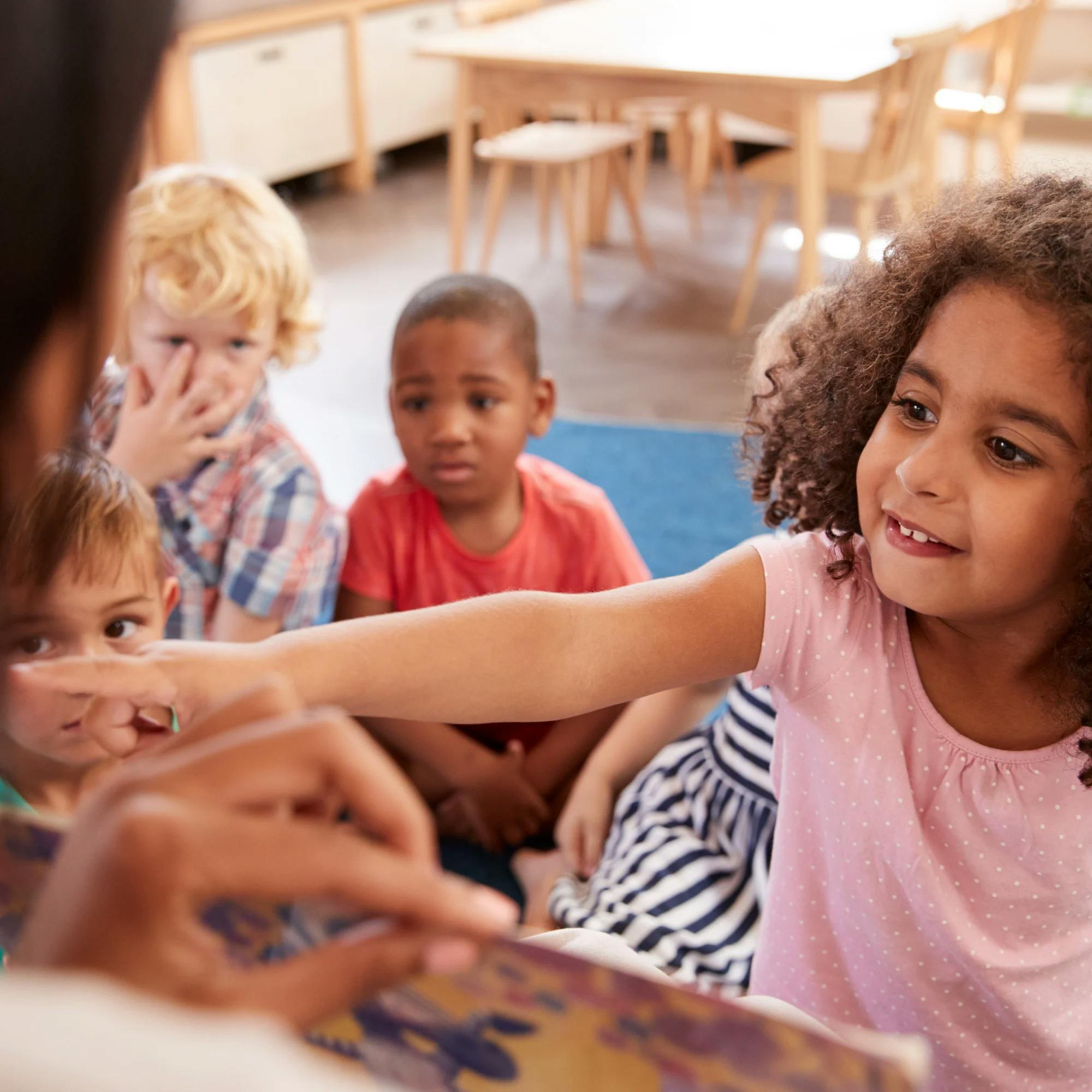We’re all surrounded by screens and technology. Phones and tablets, TVs and computers, even smart speakers–they’re everywhere, from home to work to school to our pockets. As a result, there’s been quite a bit of research and discussion about how screen time affects early child development. A recent research article, published by the International Literacy Association in their journal The Reading Teacher, discusses how teachers can help families navigate screen time and choose apps to promote their child’s language and reading skills. Let’s take a look at their recommendations and how parents and caregivers can use this information at home.
How much screen time is OK for children?
You may be thinking, “How can apps help my child’s language? I’m constantly told to not let my child be in front of screens.” It’s understandable if this sounds a little confusing!
Let’s cover some guiding rules. First of all, for young children, screen time should be limited, no matter what the subject matter is. The American Academy of Pediatrics recommends no screen time at all for babies and toddlers younger than age 2 (other than video chats with family!).
For 2- to 5-year-olds, only 1 hour of screen time per day is recommended. When children do watch screens, caregivers should help them understand what they’re seeing and apply it to the world around them.
Increased screen time is related to higher risks for:
Obesity
Poor sleep quality
Challenging behavior
But even with all these risks, screen time among children has drastically increased over the last several years, particularly since the pandemic. Recent research shows that 75.6% of 4-year-olds have more daily screen time than is recommended. And much of this screen time isn’t educational. This may be because of the cost of high-quality apps. Or caregivers may not be sure which apps are best for their children.


What are the best learning apps for kids?
The article "Partnering with Families to Use Screen Time for Supporting Early Language and Literacy," by Burcu H. Tatar and Hope K. Gerde, discusses the types of apps that teachers should encourage their young students’ families to use. Apps for tablets and phones can be positive for children in many ways. The key is to look for apps that:
Are interactive
Are multisensory
Have clear instructions
Give feedback to the child
Are adaptive
Are appropriate
Let’s talk more about what these mean:
Interactive. Apps that are interactive give children a chance to actively participate. An example would be ebooks in which the child can tap the target word on the screen and see its definition. This helps develop early literacy and reading skills.
Multisensory. This means the app uses a combination of pictures, animations, sounds, and written words. Everyone learns in different ways, and multisensory apps help different learners absorb the information.
Clear instructions. These apps give clear directions and demonstrate what the child should do. This helps kids understand more words and concepts, which can increase their receptive language abilities.


Provide feedback. It’s important for an app to give feedback to the child using it. For example, if the child follows a direction well, the app should let them know. If the child isn’t following directions correctly, the app should let the child know that, too, to help them learn the concept.
Adaptive. The ability to adjust the app’s difficulty helps kids learn at their own pace. Apps need to be at the right difficulty level to keep the child engaged.
Appropriate. Similarly, apps should be appropriate for kids not only at their developmental level, but also for their age, interests, and cultural background. So what apps should you download for your child? Here are some of the best learning and reading apps for kids:
Animal Antics
Khan Academy Kids
Dr. Seuss’s ABC
Princess Presto’s Spectacular Dance Party
Wonder Red Rhyme’s Racer
Hideout: Early Reading
Read with Phonics Games
Letterschool


How parents can use apps with their child
One thing that stays consistent, whether you and your child are playing with toys or using an app, is that talking together will help your kiddo learn new language skills. Children have to hear language and be engaged in conversation in order to progress in their communication.
For example, as you read ebooks with your child, talk about what you’re reading. Define any unknown words, and ask your child questions about the story. This will help keep them engaged. Some great apps for book reading are:
The Great Cookie Thief
A Sesame Street App Starring Cookie Monster
Dora’s Adventure

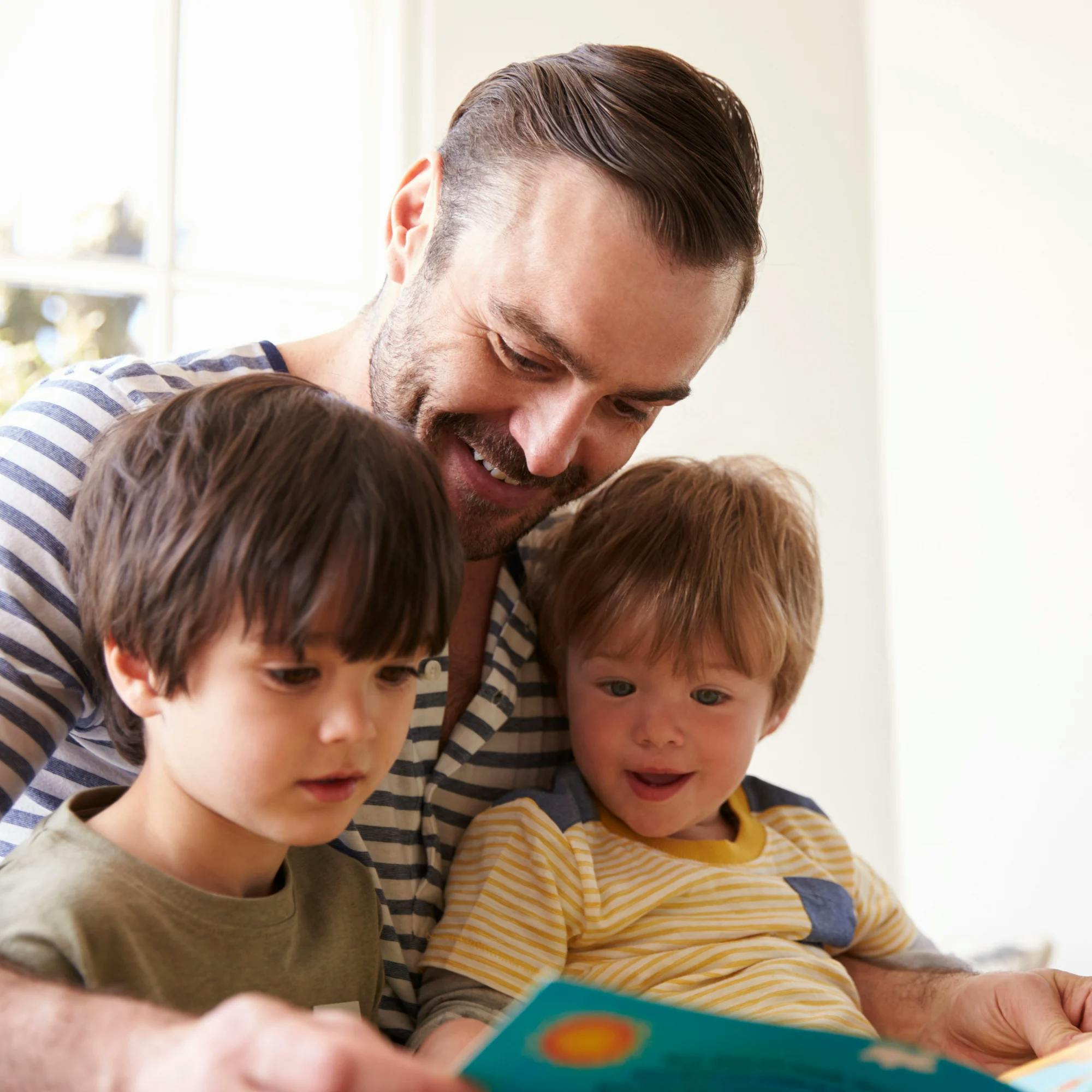
Writing apps also help kids develop early literacy skills. These are apps that allow a child to practice writing letters and hear the associated letter sounds. Families can encourage writing at home in many ways. One easy way is to help the child practice writing their thoughts down or writing a fun message for someone else. Even encouragement to scribble and draw can lead to an interest in writing!
Are your child’s speech and language skills on track?
We’ve covered a lot about using apps to promote your child’s language and literacy. If you’re not sure where your preschool or school-age child should be in their speech and language development, take a look at the milestones for ages 3, 4, 5, and 6:
What to do if your child isn’t meeting milestones
If your child isn’t demonstrating the communication or literacy skills they should be, reach out to a speech therapist. A speech therapist can evaluate your child and determine if they’d benefit from speech therapy.

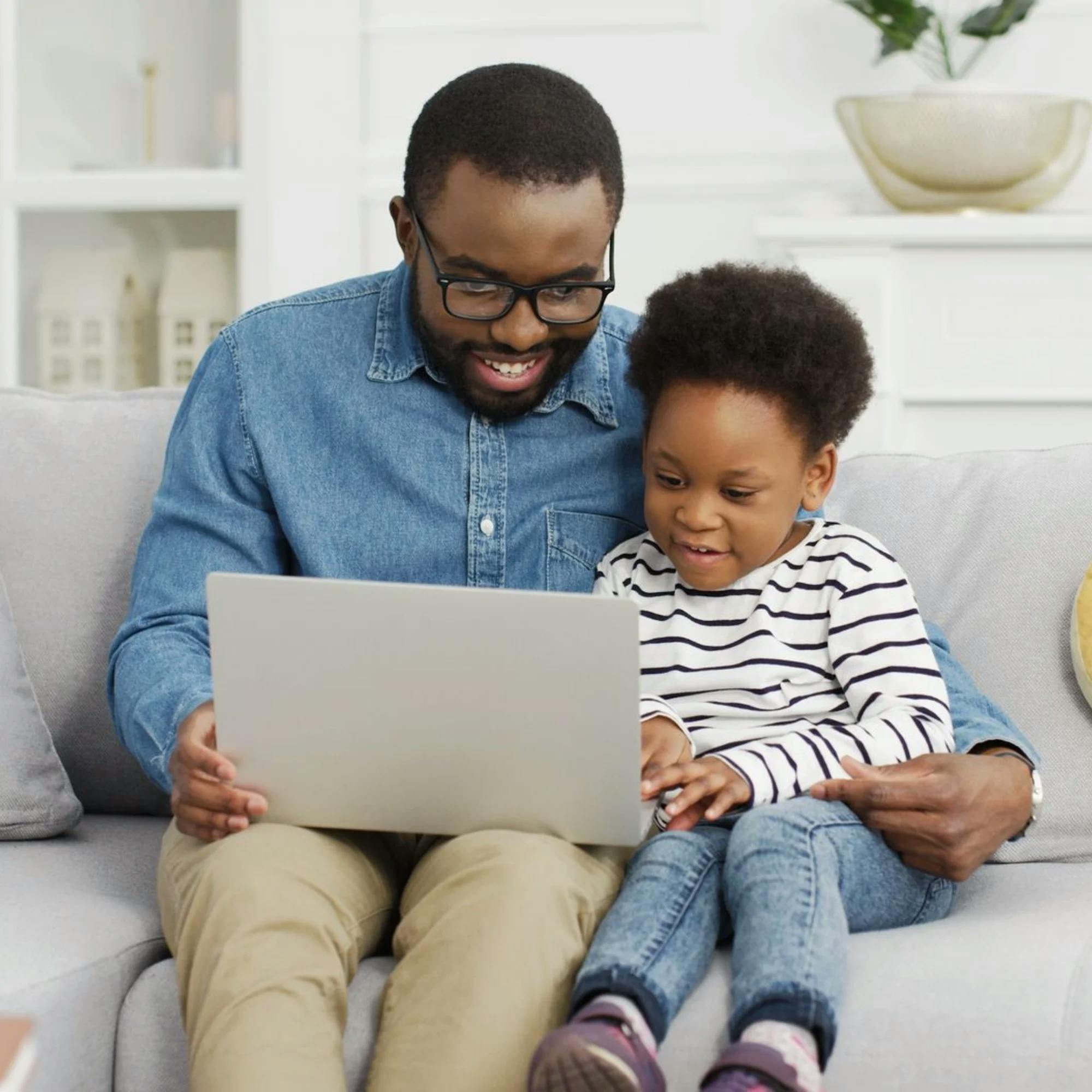
During the evaluation, the speech therapist can assess your child’s language skills and identify phonological issues that could contribute to reading problems. A reading specialist or dyslexia specialist may be appropriate in these cases. If your child is in school, it’s also a good idea to talk with their teacher. They can also help identify any literacy issues or problems with academic performance.
So yes, the right type of screen time can benefit your child’s language growth and literacy skills. It all depends on the apps you choose! And don’t underestimate the importance of your participation. Be aware of what your child is doing and learning with their screens, and talk with them about it. Like so many things in life, it’s all about balance!
How Expressable Can Help
Concerned your child isn't reaching age-expected milestones? Looking for communication support from a professional? Expressable is a national online speech therapy practice serving children and adults. We treat all major areas of communication and feeding, offer flexible hours including evenings and weekends, and accept most major health insurance plans. We’re proud to have earned more than 3,000 5-star reviews from our clients (4.9/5 average).
Our therapy model is centered on parent and caregiver involvement. Research proves that empowering caregivers to participate in their loved one’s therapy leads to better outcomes. That’s why we combine live, 1-on-1 speech therapy with personalized education and home practice activities for faster progress.
Communication is more than words. It’s how we share how we feel and show who we are. We’re here to help you or your child do just that.
 Abby Barnes, M.S., CCC-SLP
Abby Barnes, M.S., CCC-SLP